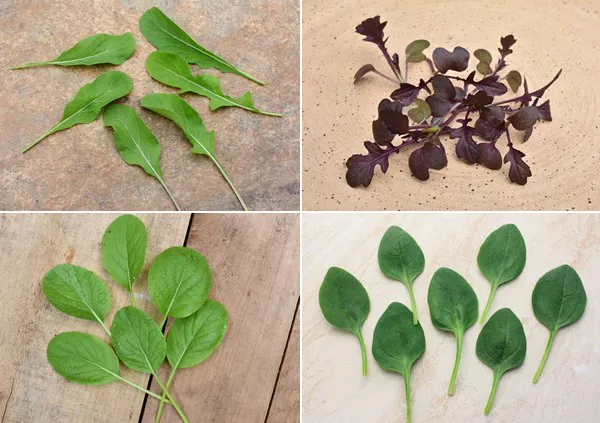 Recently, Sakata Seed announced the start of a division for indoor grown vegetable varieties. “Given the rapid growth in vertical farming as well as the development of additional opportunities for leafy greens, we felt it was important to place additional emphasis on serving controlled environment agriculture to fuel its growth globally,” says Tracy Lee, who heads up the new division. “We have been a leader in developing varieties for the indoor space for a number of years and decided that now was an excellent time to devote even more resources to serving this indoor sector. With a dedicated Controlled Environment Agriculture (CEA) division, we are in a position to develop varieties that specifically focus on the precise needs of protected culture practices.”
Recently, Sakata Seed announced the start of a division for indoor grown vegetable varieties. “Given the rapid growth in vertical farming as well as the development of additional opportunities for leafy greens, we felt it was important to place additional emphasis on serving controlled environment agriculture to fuel its growth globally,” says Tracy Lee, who heads up the new division. “We have been a leader in developing varieties for the indoor space for a number of years and decided that now was an excellent time to devote even more resources to serving this indoor sector. With a dedicated Controlled Environment Agriculture (CEA) division, we are in a position to develop varieties that specifically focus on the precise needs of protected culture practices.”
With additional opportunities for leafy greens, Lee refers to microgreens and baby leaves, but also fully mature products are part of the portfolio. Although indoor varieties are many times the same as open field varieties, the final application of the product is what differentiates them. For example, baby leaf beet greens, if grown to full maturity would produce that actual beet root and be a fully marketable product. Some indoor greens are grown specifically for color, crunch, flavor, or volume. “It really depends on the grower’s needs for their product recipe,” Lee added.
Trending varieties
Astro arugula is an example of a variety that offers a strong, zesty flavor to mixes. Similarly, Miz America is a mustard with a deep dark red color to give color variation that looks great in a mix. Savanna is a spinach mustard that offers deeper green color and gets darker as it matures. Joi Choi is a pak choi that offers ease of growing in a tidy little package that is considered industry standard. Last but not least, Sakata’s Lakeside spinach has smooth, dark green leaves that start out long and slender before maturing to a traditional round oval shape. “These are all trending varieties that we’re having great success with, lending themselves really well for an indoor growing environment,” she said. Click here for a complete overview of Sakata’s indoor varieties.
 Starting top left and clockwise: Astro arugula, Miz America mustard, Lakeside spinach, and Savanna spinach mustard.
Starting top left and clockwise: Astro arugula, Miz America mustard, Lakeside spinach, and Savanna spinach mustard.
Benefits of growing indoors
Lee has seen the interest for indoor agriculture increase in recent years. Demand for leafy greens with a distinct color or flavor profile is a key driver, but apart from the final application, an indoor growing environment has many benefits. “First of all, a controlled environment helps to increase plant productivity and yield in many cases. Often, transportation distances to the final consumer are shorter as many indoor growers are located near urban population centers. In addition, growers have more precise control or are less impacted by factors like lighting, temperature, humidity, CO2, water and nutrient distribution compared to an outdoor setting. The controls available lead to more precise timing of crops, shortened distribution routes and fresher product for the end consumer,” she commented.
Greenhouses are probably the most popular structures for indoor agriculture. Some greenhouses are considered high-tech with full input controls, while others are mid-tech, offering a mixture of lighting and input controls. There are many variables such as supplemental lighting controls, heating, nutrient delivery, substrates, etc. that vary depending on the crop, application, and geography. Indoor vertical farms generally offer no natural lighting and have full control on all inputs that the plant would experience. Hoop houses and high tunnels are also part of indoor agriculture since they offer protections for light and wind over typical outdoor production.
Global trialing
Sakata works directly with indoor growers around the world for trialing its varieties. “We trial around the globe as varieties that work well in greenhouses in the Netherlands may not show the same performance in Canada, the US or Mexico. Although we find it greatly beneficial to work directly with our Sakata breeding programs around the globe on product development initiatives, we always place varieties into the specific geography where they will grow. This ensures that the plants behave as expected in each environment.”
For more information:
Tracy Lee
Sakata Seed America
tlee@sakata.com
www.sakatavegetables.com
